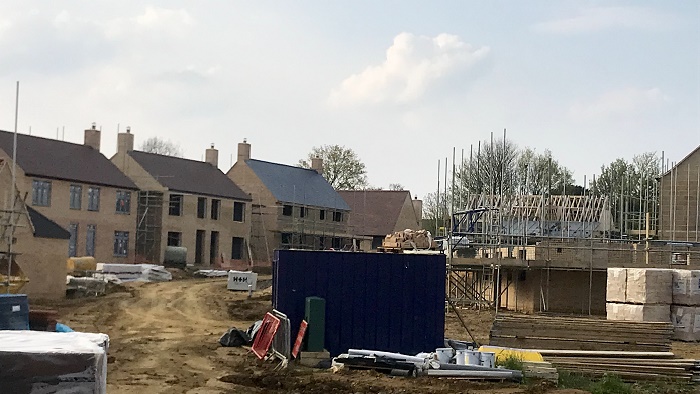Authored by Dr Tom Archer and Ian Wilson of the Centre for Regional Economic and Social Research at Sheffield Hallam University, The Affordability of Community-led Homes sheds light on the role that community-led housing could play in addressing the shortage of affordable homes in the UK.
The lack of affordable homes in the UK causes significant harm, exacerbating poverty and putting greater strain on the welfare system, but a growing movement of community-led housing is putting residents in control of development and ownership.
This report, released today (Monday 22 January) reveals that the vast majority of community-led housing groups consider creating more affordable homes a priority, with 90 per cent of groups viewing the lack of affordable housing as the main issue that their initiatives seek to address.
To be considered genuinely affordable, homes are required to cost below 35 per cent of household incomes. This new research concluded that community-led homes are genuinely affordable in the vast majority of cases, with the average cost to archetypal households at 25 per cent of their incomes.
Support, resources and partnerships
By comparison, the English Housing Survey in 2022 suggested that social renters in England spent 27 per cent of income (including benefits) on their rental payments, whilst private renters spent 33 per cent of incomes meeting their rental costs.
Dr Tom Archer, author of the research, said: “Being led by community members and residents means that, more often than not, affordability is the primary objective for community-led housing groups. But to continue to provide more affordable community-led homes, these groups need a range of support, resources and partnerships.
“We hope the research reveals the key role this sector can play in reshaping the current housing system and encourages policymakers to use the full range of powers and resources at their disposal to support this unique form of development.”
Researchers collected data on 299 community-led homes in England, Scotland, and Wales, building a unique data set that included information on rents and prices, tenures, household composition and energy ratings. Tailored profiles were developed for each home to reflect their household income.
The results show there is significant regional variation, with community-led homes in Scotland markedly more affordable than those in England or Wales. Affordability rates also varied slightly based on tenure, with the average cost of sub-market rental homes, shared-ownership homes and discounted market sales ranging from between 22 and 26 per cent of incomes.
Worries about the costs of heating, as well as the physical harms from living in a cold damp home, mean that affordable well-insulated homes are essential for our wellbeing. The research reveals that high levels of energy efficiency in newly developed community-led homes could be driving cost savings for households that improves affordability further, with new community-led homes likely saving around £490 on average per year, compared to similar sized housing with poorer energy efficiency.
The research was commissioned by the Nationwide Foundation, an independent charity funded by Nationwide Building Society.
Gary Hartin, Programme Manager at the Nationwide Foundation, said: “We’ve been working with the community-led housing sector for over a decade, and in that time, we’ve seen the huge difference that projects can make to the health and wellbeing of local people, by providing a firm foundation in their community, close to family and employment.
“Unaffordable homes undermine our lives, so having evidence from this research that community-led homes are genuinely affordable, reinforces the case that they allow families to build a decent life”.
In December 2023, the Government published the revised National Planning Policy Framework (NPPF), which sets out the government's planning policies for England and how these are expected to be applied. The community led housing sector has long been advocating reforms to the NPPF to support the growth in such housing, and this was recognised in the revised framework, with the introduction of new community-led exception sites. This mechanism enables planning permission for community-led housing to be granted on certain sites not allocated for housing.
Gary Hartin continued: “With many more projects in the pipeline still to be realised, we hope the introduction of exception sites for community-led development within the revised NPPF will give local authorities the encouragement and evidence they need to include policies in their local plans to begin or continue developing community-led schemes and provide even more affordable homes for local people.”



